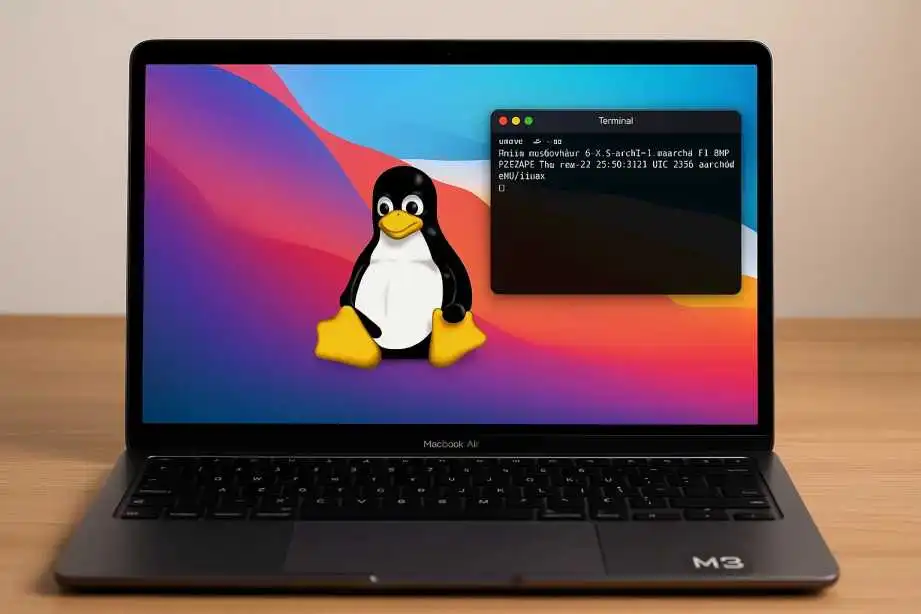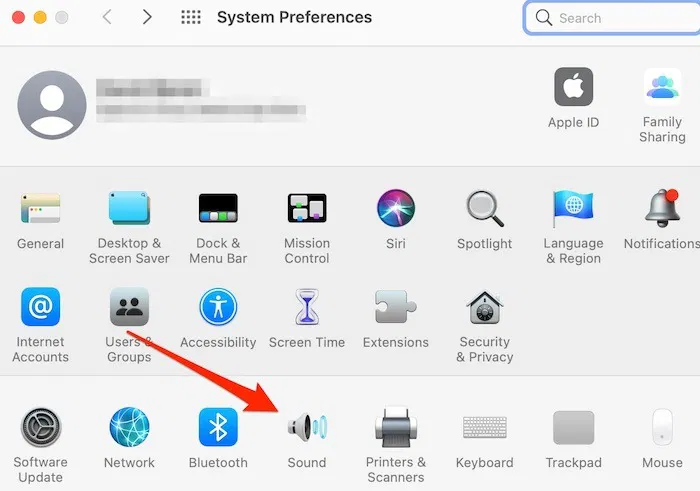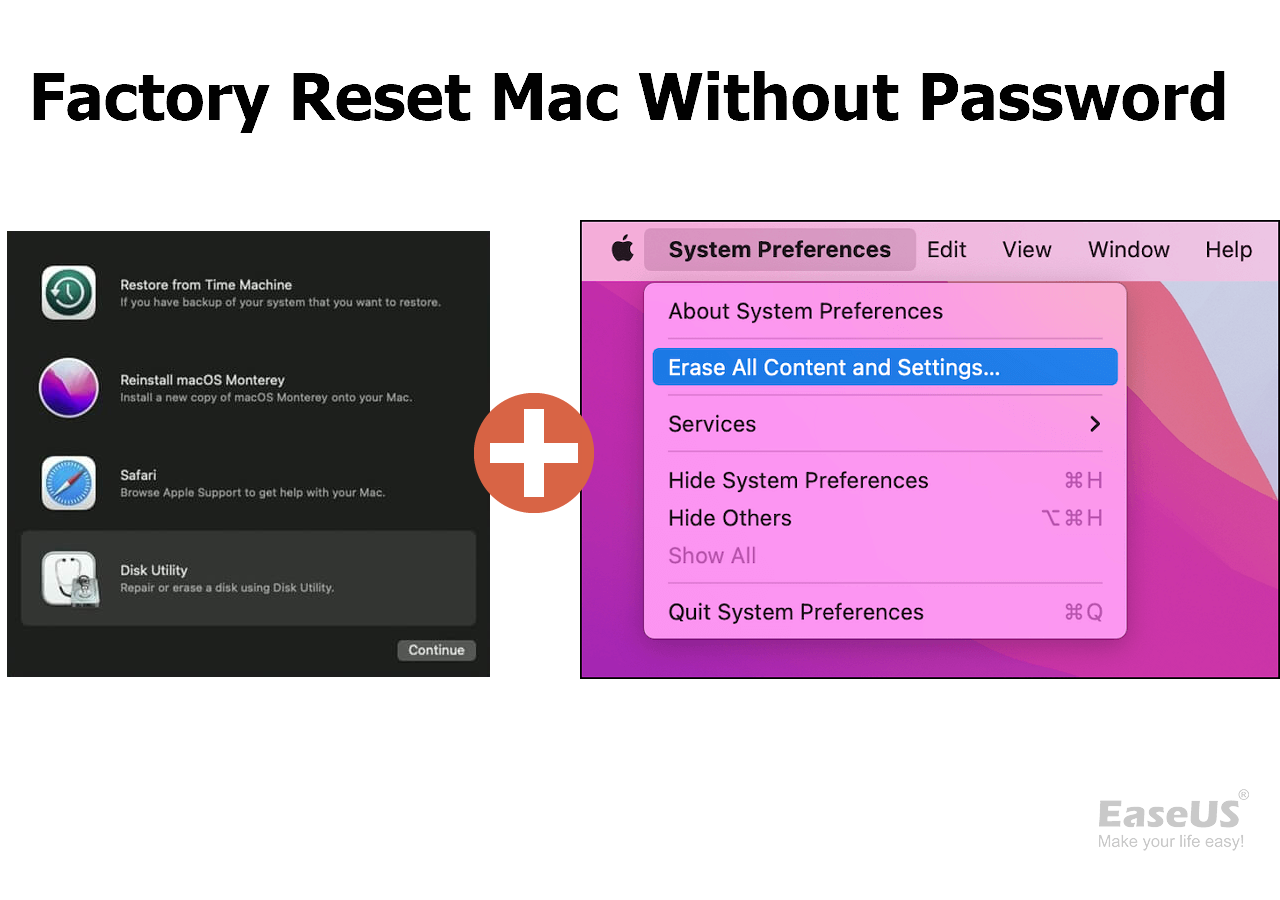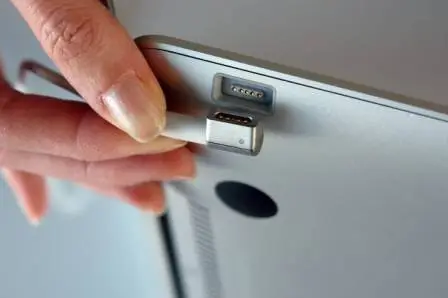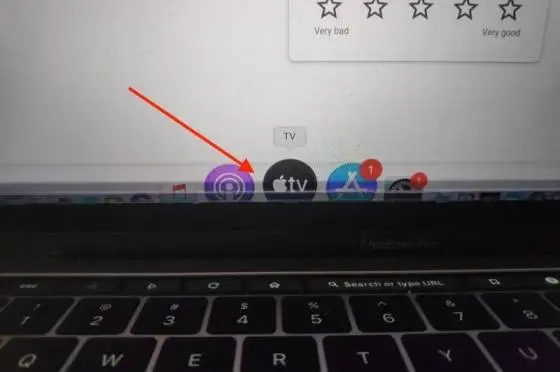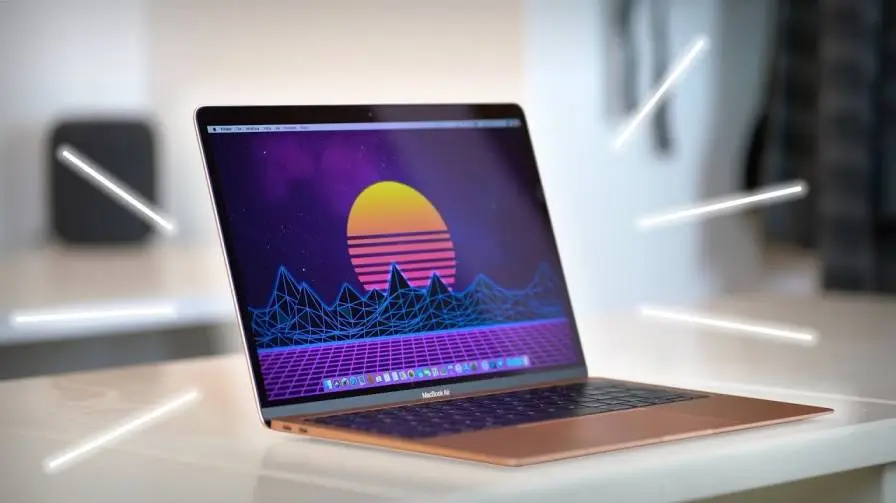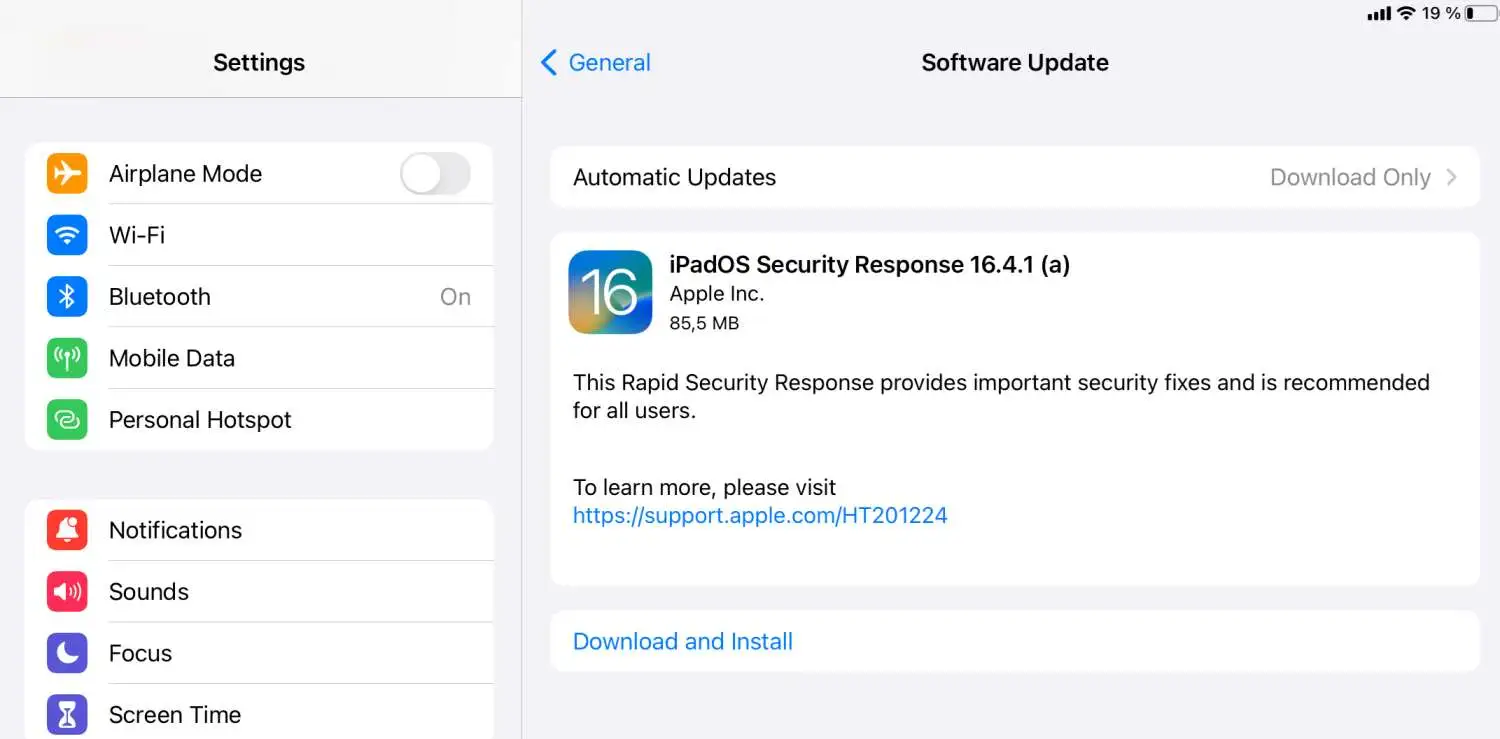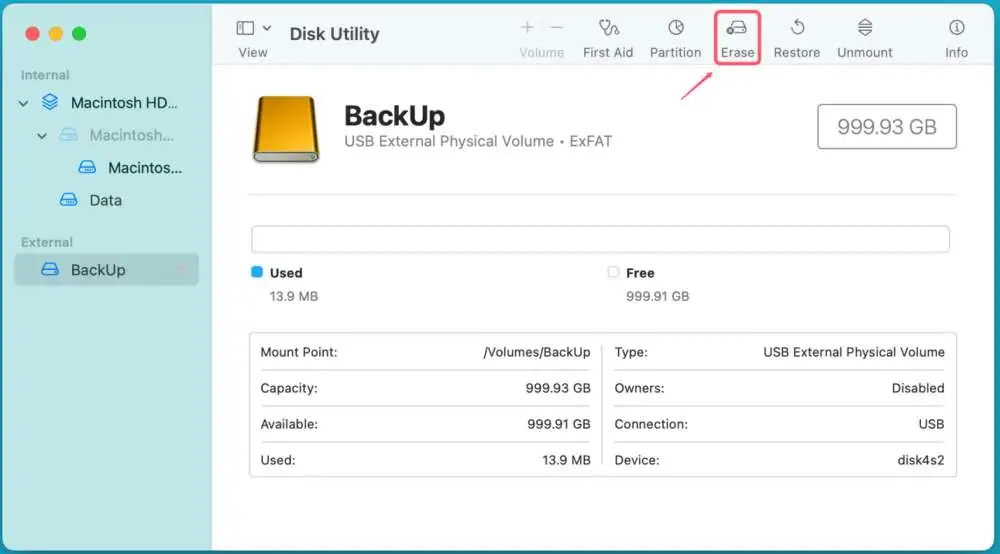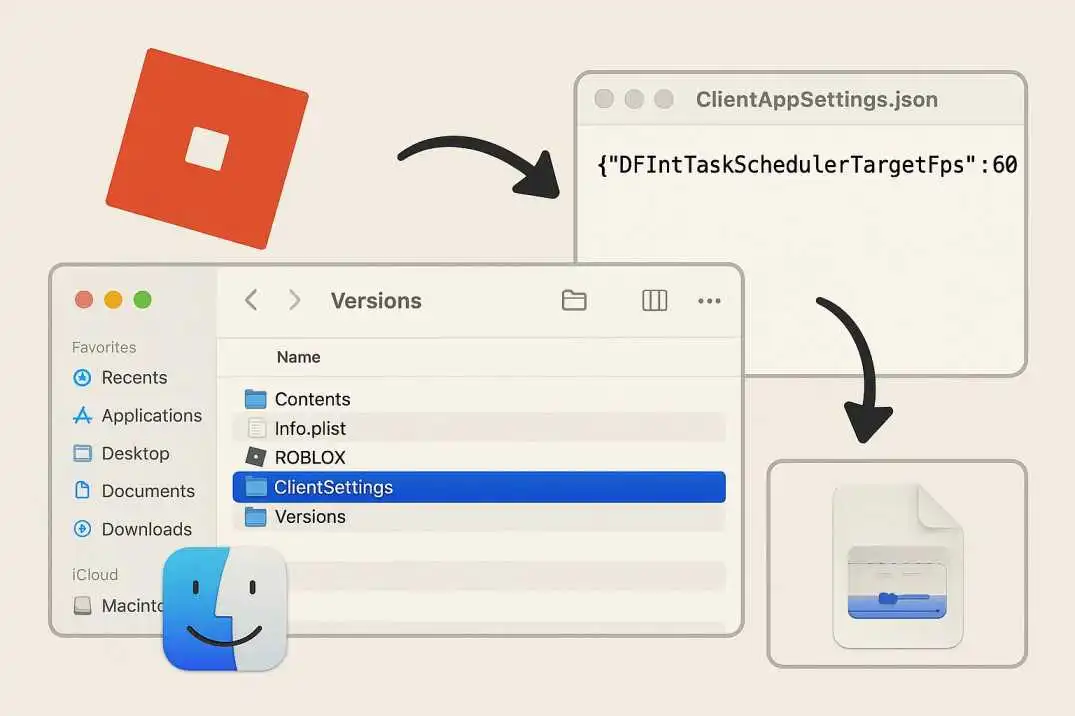Can you boot Linux on MacBook Air M3? The MacBook Air M3, powered by Apple’s latest silicon chip, is one of the most powerful and efficient ultra portables on the market.
But for developers, system enthusiasts, and open-source advocates, a pressing question remains: Can you boot Linux on the MacBook Air M3? The short answer is: Yes, but with limitations. Let’s explore how and what that means for you in 2025.
In the unlikely event that your employer generously provides you with a MacBook Pro M3 (please refrain from purchasing one), you may find yourself pondering a single question: How can I run Linux on it? Initially, you would want to install Asahi Linux, only to discover that the M3 is not supported. What should you do now?
Can You Boot Linux on MacBook Air M3?

Despite macOS being a robust Unix-based operating system, some users prefer the flexibility, customization, or specific development tools available in Linux. Whether it's for kernel development, ethical hacking, or simply the love of open-source software, Linux on Mac is a highly requested setup.
The Challenge: Apple Silicon and Proprietary Boot Process
Apple’s transition from Intel to Apple Silicon (M1, M2, M3) has changed the game. Unlike Intel-based Macs, Apple Silicon devices do not support traditional BIOS or UEFI, instead using a custom boot architecture that is tightly integrated with macOS and Apple’s security features.
This Means:
- No native Linux boot like with Intel Macs.
- Limited driver support for hardware like GPU, Wi-Fi, and camera.
- Secure Boot and system integrity checks need to be bypassed.
UTM Virtual Machines
You might believe that you require Parallels Desktop 19 or VMware Fusion Pro 13, as I once thought. However, I subsequently discovered UTM, which is open-source software built on QEMU. This software imposes no limits on CPU cores or RAM and delivers excellent performance.
Read Also: Understanding MacBook Air Charger Specifications
Additionally, it features an impressive mouse capture mode that, when combined with full-screen mode, allows me to forget that I am actually operating on OSX. I appreciate every aspect of it.
- Download Linux for arm64
- I have discovered several excellent Linux arm64 images:
- Debian 12.5 DVD ISO arm64 image
- Ubuntu 22.04 ISO arm64 image
- These can be easily executed using virtualization software.
Web Development On Arm64
I attempted to run all Docker environments for PHP-CRUD-API, and they functioned perfectly without any modifications, with the exception of the one dependent on MS SQL Server, as it could not locate arm64 builds.
Therefore, if you are engaged in PHP/MySQL web development, utilizing arm64 is a commendable option. Additionally, it is worth noting that Hetzner offers arm64 virtual machines at half the cost of their amd64 equivalents.
Recommending MacBook?
I typically do not endorse the purchase of Apple products; however, I believe I can make an exception in this case. With its impressive display, comfortable keyboard, and excellent battery life.
I can recommend a MacBook to individuals who operate their production servers on arm64, such as dual Ampere Altra 80-Core servers. I specifically recommend the m2 model, as it supports Asahi Linux, eliminating the necessity for a virtual machine and, as an added benefit, is also more cost-effective.
Lenovo Yoga Pro 7x
I am eagerly anticipating the opportunity to test the Lenovo Yoga Pro 7x, particularly with native Linux installed. The Lenovo Yoga Pro series is an impressive product line (also available on amd64) and operates with a Qualcomm Snapdragon X Elite. It features a high-resolution OLED display and can be purchased with 32GB of RAM for 1700 euros. I have yet to test it, as it is not yet widely available.
Qualcomm Snapdragon Dev Kit
I am also very enthusiastic about the upcoming release of the QUALCOMM Snapdragon Dev Kit, which I would love to utilize as a development machine for (web-based) arm64 software. I have registered for pre-ordering one upon its release.
Related Post: How to Enable Endnote 21 in Word MacBook Air M1?
If you are experiencing a slowdown on your Mac due to updates and are feeling frustrated with Apple's closed ecosystem, it may be time for a transition. You can revitalize your Mac by installing Linux, and we are here to guide you through the process.
Before You Run Linux on an Apple Silicon Mac

If you own an Apple silicon Mac, be aware that you cannot simply take a USB flash drive and install any Linux distribution you prefer. As of now, your sole option is to install Asahi Linux on your Mac, which is still under active development and currently lacks several essential features, such as Thunderbolt support. Additionally, it is not yet compatible with M3 Macs.
For those seeking a more stable solution, you can run Linux using Parallels Desktop; however, this approach may result in a performance decrease since you will be operating Linux on a virtual machine. For everyone else, we will detail how to dual-boot Linux on Intel-based Macs below.
Prepare Your Mac for Installing Linux
To install Linux on your Mac, you will require a USB flash drive with a minimum of 2GB of storage. You will format the flash drive in a subsequent step to place an Ubuntu installer on it, so ensure that you have backed up any important files beforehand. In this blog, to know complete guide on how to MacBook air m3 docking station dual monitor?
Utilize an Ethernet adapter to connect your Mac to the internet. This step is crucial because your Wi-Fi may not function in Ubuntu without third-party drivers. Likewise, desktop Mac users should acquire a USB keyboard or mouse in case Bluetooth connectivity fails. To Know How to Fully Remove Brave Browser Linux?
If you intend to dual-boot your Mac with Linux, you must also verify that you have sufficient free storage. Access the Apple menu and navigate to System Settings > General > Storage to confirm that you have at least 25GB of available space (though more is preferable). Lastly, create a backup of your Mac. While installing Linux in a dual-boot partition should not result in data loss, if any issues arise, you may need to erase your entire Mac to resolve them.
If you intend to substitute macOS with Linux instead of establishing a dual-boot configuration, consider utilizing a service such as Carbon Copy Cloner to create a backup of your macOS Recovery partition. This will significantly simplify the process of reverting to macOS in the future.
Final Thoughts
If you're curious, tech-savvy, or just love tinkering—yes, booting Linux on a MacBook Air M3 is possible, though still in early development stages. But if you’re a casual user or rely on macOS for productivity, you’re better off using a virtual machine or waiting for full M3 support from projects like Asahi Linux.

